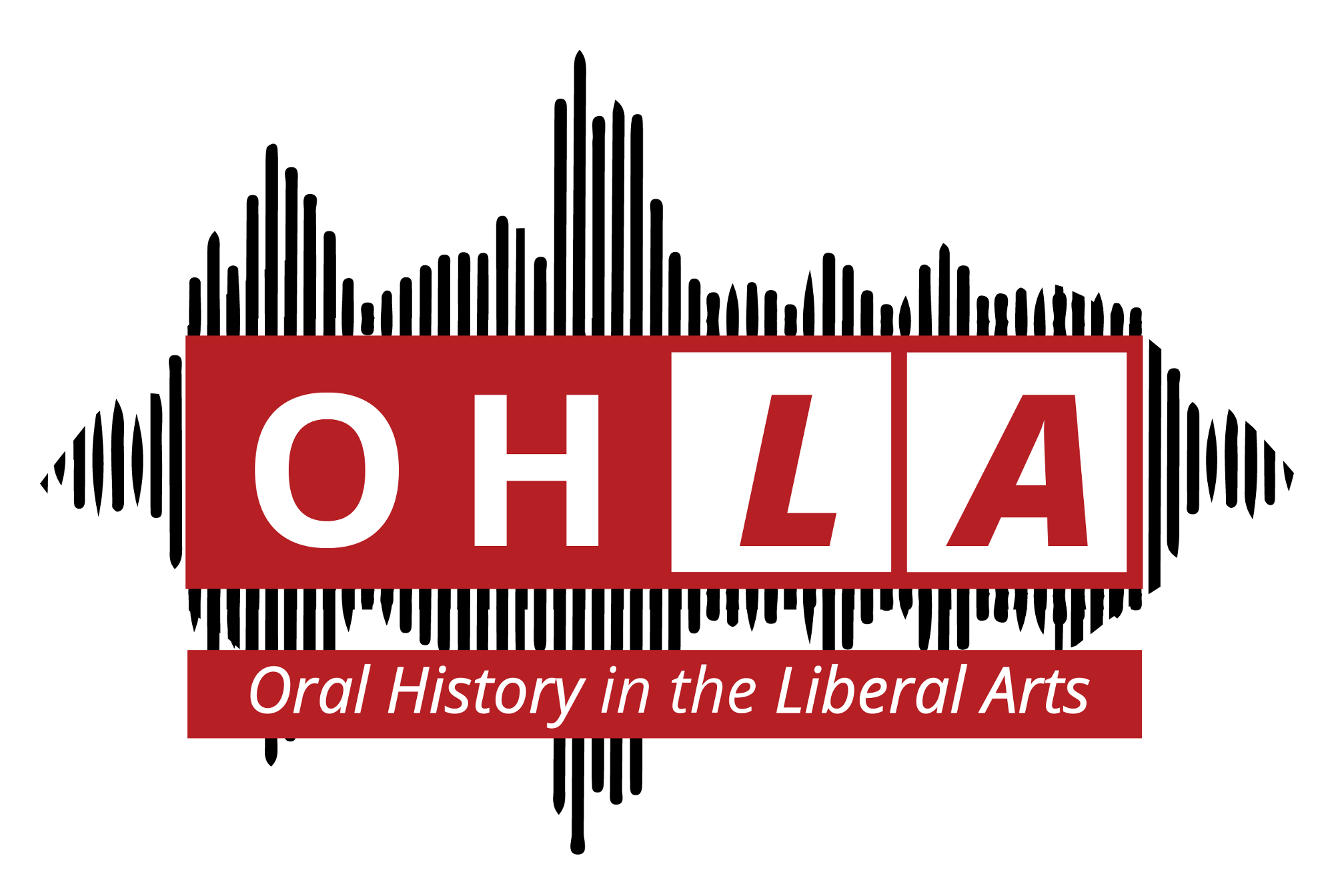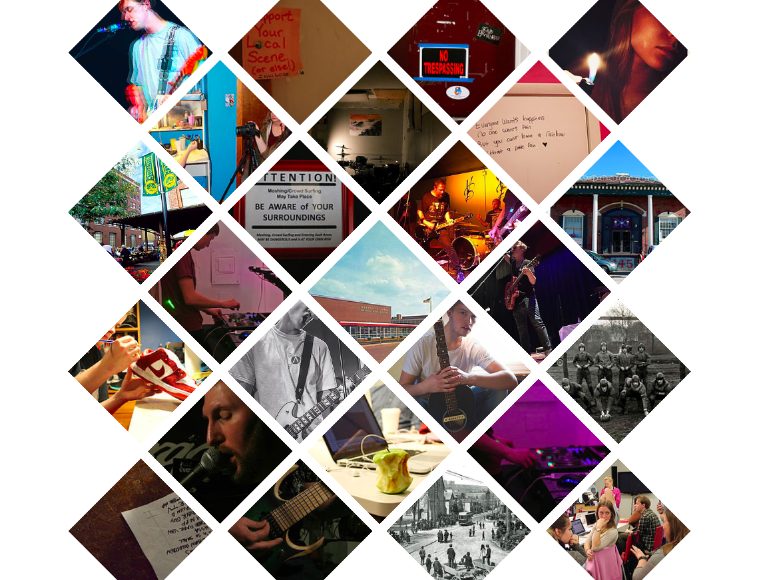Assigning student-developed podcasts can feel like an exciting and innovating departure from traditional written assignments. It’s a creative way to help students to think about audience and the potential impact of their work beyond the grade, and done well, it can help students to consider the various elements of an argument (organization, introduction and conclusion, presentation of evidence, and so on) anew. But absent careful preparation, many students will simply prepare a paper, record it orally, and call it a podcast. What results can be stifling boring, and worse, the experience can leave students feeling that they were using technology simply for the sake of using technology, rather than employing digital tools in an intentional way to produce a unique mode of communication.
In the first Thinking Like a Podcaster post, I detailed a listening assignment that pushed students to consider the various unique elements of podcasts and the numerous choices podcasters make as they are developing their work. This assignment is designed to signal to students that podcasts are not simply papers read aloud, but are instead a distinct form.
It was particularly important to me that students developed their podcasts in this class with care because they would be presenting them publicly. The podcasts were conceived as a way for my students to deeply engage with the Meadville community, and students informed interviewees that they would be developing publicly-available podcasts using interview clips (and obtained permission from interviewees to do so). These podcasts would be the final outcome of the interviews and a way for the students to give back to the community members who so generously gave their time for the interviews, and so students had a unique responsibility to handle the interview “data” with care. The class was going to conclude by participating in a day-long community celebration in downtown Meadville, where they would set up listening stations to showcase their work. It was important that students develop something they would be proud to present to the general public.
After the listening assignment, I did several things to help to set students up for success.
First, I invited a local podcaster to the classroom. Nick Ozorak, an Allegheny graduate and Meadville resident, produces The Roundhouse Podcast, a series that offers a tour through the railroad industry and hobby. He worked with me before the semester started to walk me through a few technical options, ultimately suggesting that the class use Audacity, free for download, to produce the podcasts. Nick visited the class in the first few weeks to discuss his creative process and workflow, technical questions, editing choices, and so on. He offered them several online resources for Creative Commons music and sound effects, for common podcasting questions, and so on. Students were highly engaged during Nick’s talk and emerged from the class day feeling much more prepared and energized for taking on the task of creating their own podcast. I strongly recommend finding a local podcaster to meet with your class or asking someone to Skype in.
Second, I involved two undergraduate teaching assistants in the class. These were seniors who had both participated in earlier courses I had taught employing oral history methods and were using these methodologies in their senior research projects. The teaching assistants learned Audacity alongside the students in the class, and were available to troubleshoot and problem solve as groups worked on their final projects.
Third, I developed a podcasting assignment sheet—which I dubbed Podcasting Guidelines to signal the relatively mutability of the document—that laid out key elements to include. I produced this document with student success dominating my thinking, rather than evaluation of students. This was an opportunity, not a test. I sought input from the TAs, who offered clarifying edits. As you’ll see, the assignment offers information about both important elements of the podcast and the process through which students should develop their work, and I built in progress checks along the way, at the outline stage, script stage, and rough cut stage. At each of these progress checks, students shared their work with the larger group and I gave specific guidelines for offering feedback.
Critically important was the requirement that students turn in a script before recording their work. It was at this stage that I could truly apprehend the students’ vision, and more importantly, I could stop many missteps before they were taken: editing a script is much simpler than editing a recorded podcast (though of course this can and should be done as well). It also reminded students that they couldn’t simply “wing it” and expect to produce strong work.
By semester’s end, my students had produced four smart and engaging podcasts that worked together as a mini-series. They were visibly proud of their work and excited to share it with the community. I believe that approaching the project as a series of mini-steps and keeping firmly in mind its complexity and unfamiliarity to students were key to setting them up for success.
In Summer 2016, Will Taylor, an Allegheny undergraduate who participated in my class, developed this Audacity tutorial under the auspices of the Andrew W. Mellon Collaborative Undergraduate Research in the Humanities grant at Allegheny.




